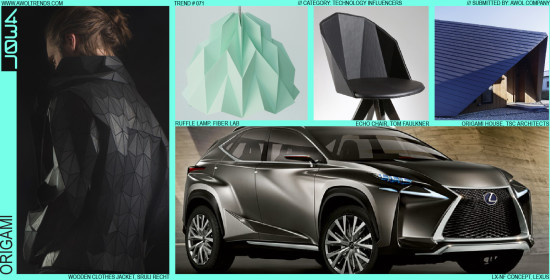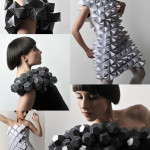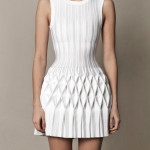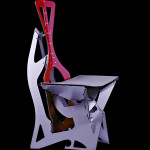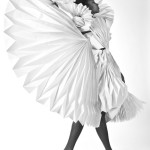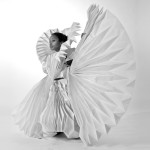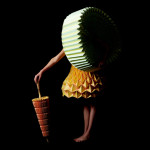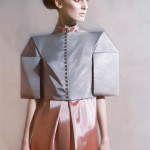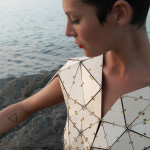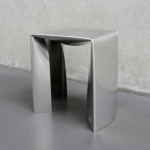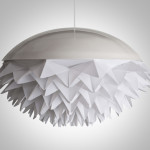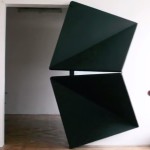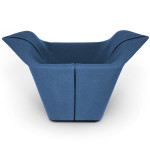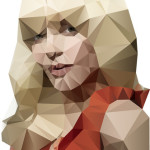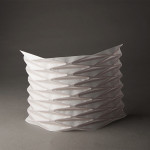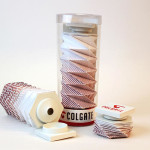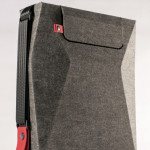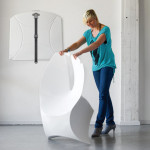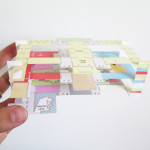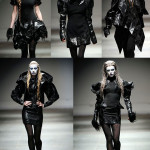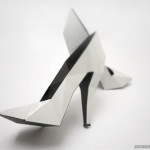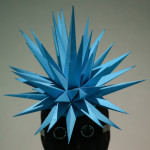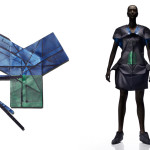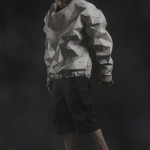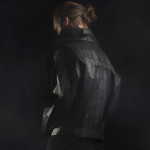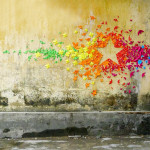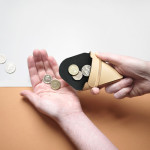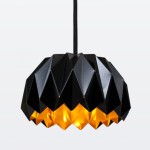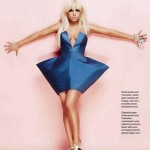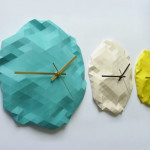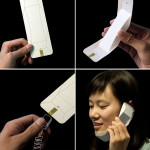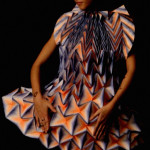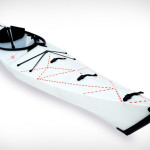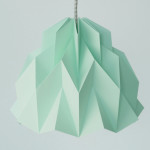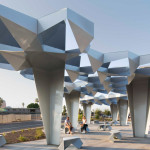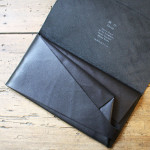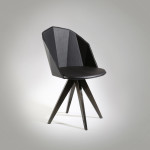The art of paper-folding originated in China and Japan hundreds of years ago, and has evolved into a masterful artistic genre. This simple method of turning a two-dimensional pattern into a three-dimensional form has been (for us Westerners) a delightful source of little paper swans, jumping frogs, boats, and tiny hats. But modern designers have looked beyond the novelty of this ancient folding method to breathe new life into categories from Fashion to Furniture, Automotive to Accessories. According to true origami principles, a form is created from a single sheet of material which can only be folded, not cut (that would be kirigami). Modern design interpretations have moved past these strict rules, being generally inspired by origami rather than strictly following the traditional constraints. This includes evolving from traditional paper to working in structural fabrics, pleated plastics, hinged panels, and a variety of other modern materials that afford unique forms and animated movements. In fact, movement becomes another key part of the modern reinterpretation of origami, as designers explore the flexible nature of patterned folds to allow forms to twist, expand, and bend in response to external forces (see the Origami Door concept). Also, the fragility of a material like paper can be addressed by fusing together rigid angular panels with a flexible mesh, creating a material that is both semi-rigid and freely deformable. Clothing and housewares like lamps and chairs seem to be obvious candidates for this treatment, as they are commonly created using basic fabrics and sheet stock materials. But more daring applications are possible even in challenging categories like consumer electronics (as in the Origami phone) or sporting goods (as in the folding kayak). In these cases the desire to have a flat-packing unfolded form for easy mobility is paired with the need for a robust, rigid, sculptural three-dimensional form, a perfect application of the origami trend. We can imagine a similar method used for bulky items like acoustic guitars, backpacks, strollers, suitcases, tents, or even automobiles…anyone up for the challenge?
For related trends, check out Organic Facets , Vacuum Forms, and Planar Forms

